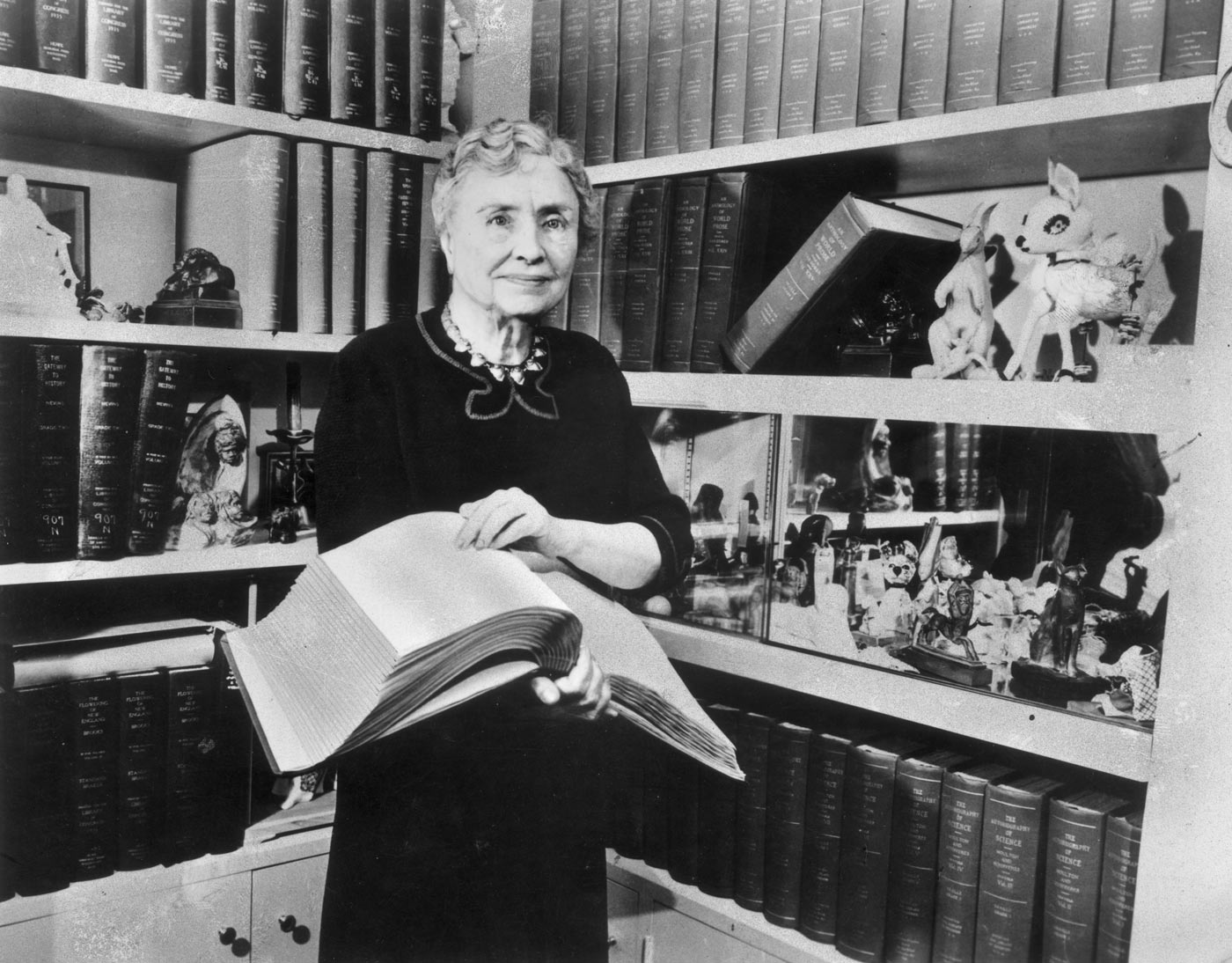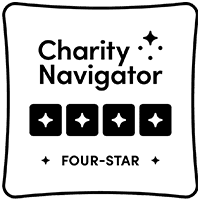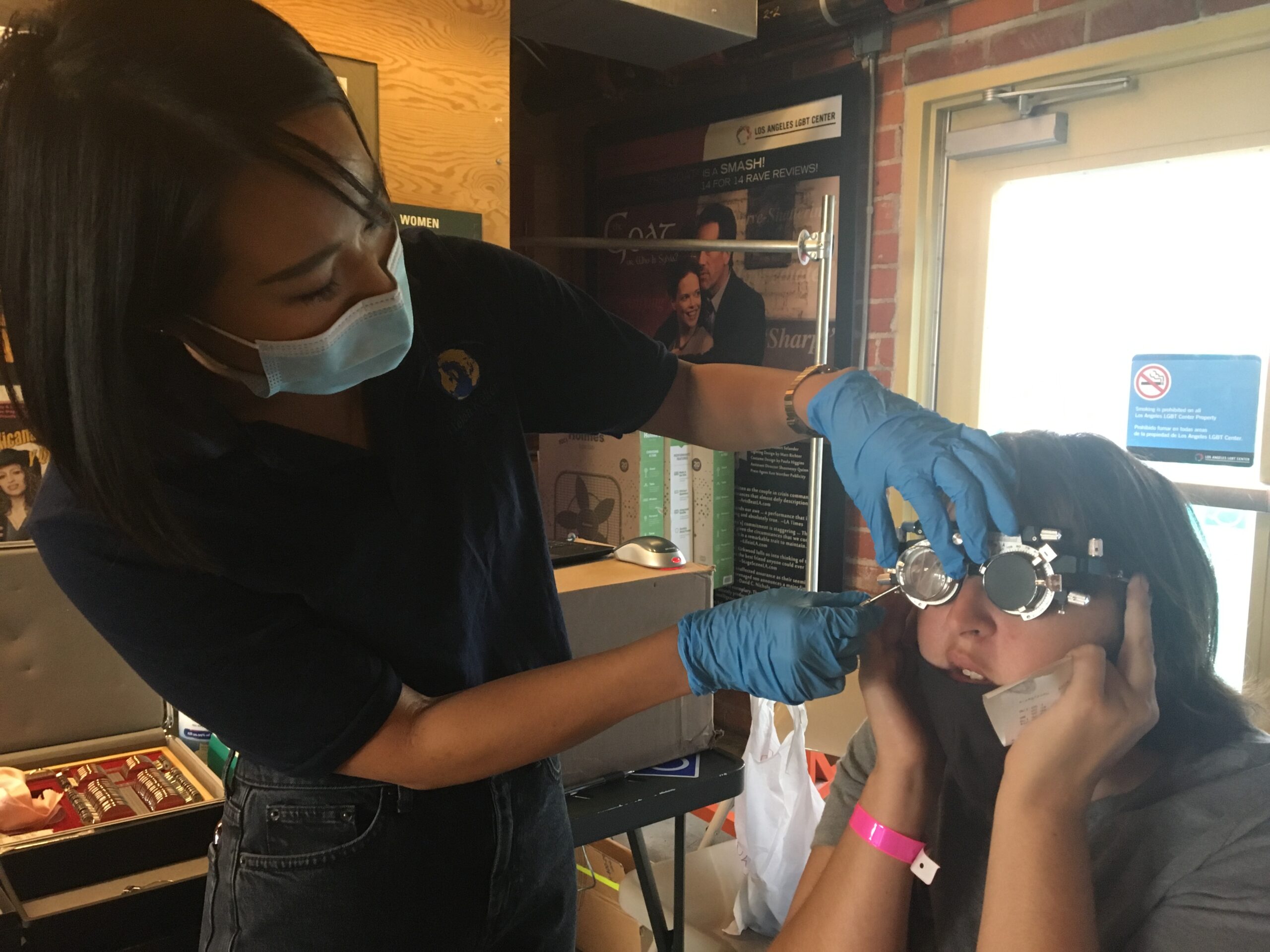
Jorge Valdez Shares Strategies for Safe Back-to-School Vision Screenings
With vaccination rates up and COVID-19 cases down, many school districts are looking to fully return to the classroom after a year and a half of online and hybrid learning. But what will this look like? Masks? Social distancing? The reality is no one knows for sure, and even as plans roll out, they may shift due to new factors like the Delta variant. Flexibility is key for a successful return to school and also critical as Helen Keller Intl’s US Vision program navigates how to safely conduct vision screenings and eye exams.
Uncorrected vision conditions affect approximately one in every four children living in poverty. Undiagnosed, this can have long-term implications for development, as well as lead to challenges in school. A child who cannot see in the classroom often struggles to keep up in school and may have other behavioral issues. Helen Keller partners with urban school districts in California, Minnesota, New Jersey, New York and Texas to provide free vision screenings, exams and glasses to students who otherwise might not have been able to afford them.
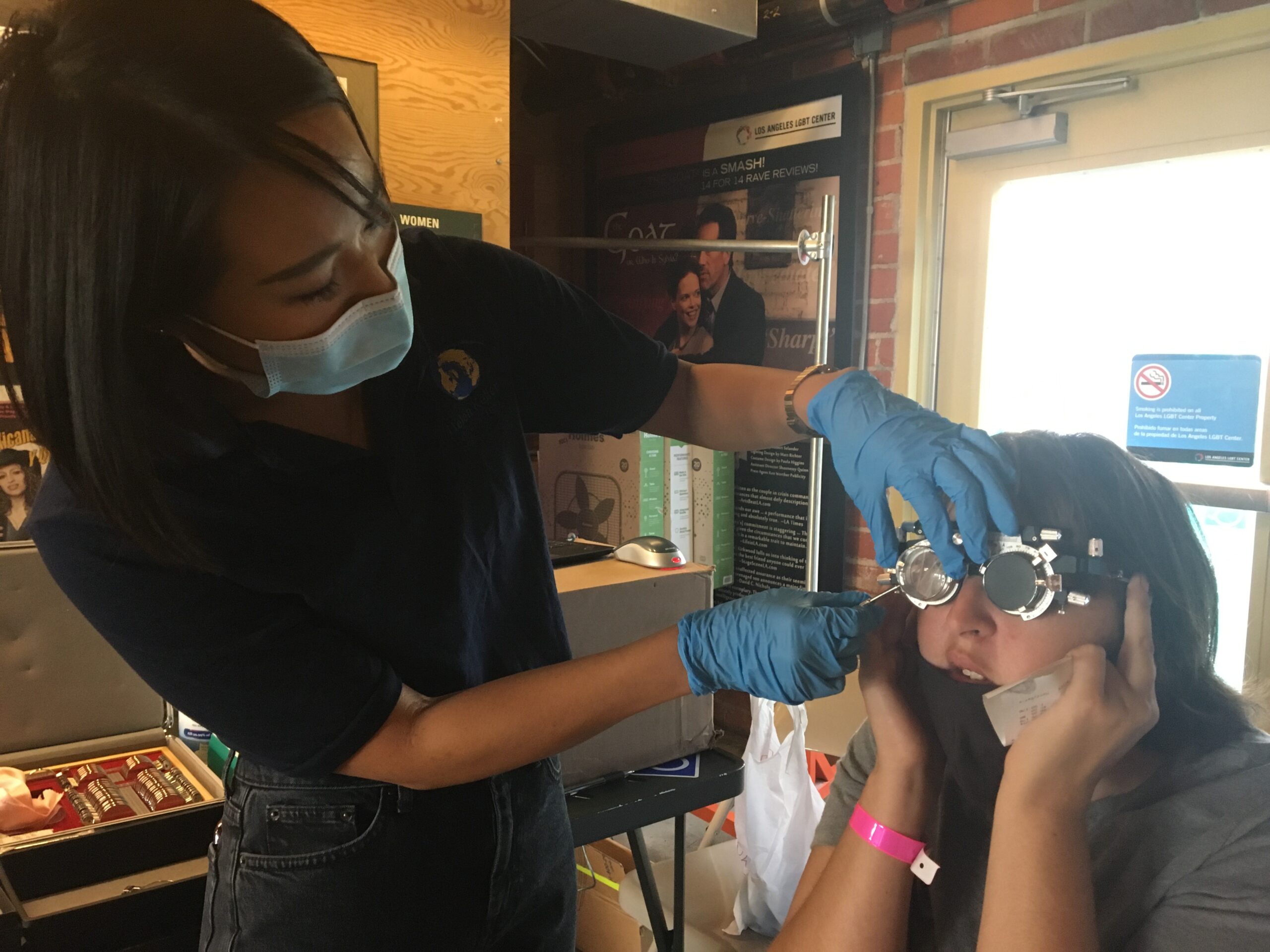
Typically, we screen more than 65,000 students a year and prescribe more than 13,000 pairs of eyeglasses. However, when schools shuttered in March 2020 due to the COVID-19 pandemic, we lost our ability to directly reach students in schools. We pivoted – redirecting our focus to partnering with community-based organizations in the neighborhoods where we routinely worked in schools, so that we could provide services to school-aged youth, as well as to other vulnerable populations. Our staff in California, Minnesota, New Jersey, New York and Texas have been reaching vulnerable children and adults at homeless shelters, immigrant and refugee centers, LGBT centers and boys and girls clubs.
Schools are key to reaching large numbers of children at one time, and there are immense concerns around students’ limited access to critical eye care over the last year and a half. With many school buildings closed partially or completely, many of these students’ vision care needs have gone unaddressed and their vision may have worsened during this time, particularly given the excess screen time and time spent indoors during the pandemic. We anticipate that we will find a considerable increase in unmet vision needs when we return to schools.

Jorge Valdez, our California Vision Program Manager, shared with us some of the methods he and his team have implemented, even before the pandemic, to streamline the process and keep both our program participants and our staff safe. These techniques make it possible to reach more people safely as we deliver critical care.
Making Screenings Mobile: Eye Charts on Easels
Rather than having the Snellen eye chart on a stationary wall, Jorge takes a more flexible approach. “We’ve always had our eye charts on easels in California. They allow us to move our equipment more freely and utilize the space we are given more efficiently. During the COVID-19 pandemic we were able to place our eye charts easily both inside and in outside spaces. For instance, we have had our screenings and refractions outside under canopies and under covered parking structures.”
Moving forward, Jorge and team hopes to do eye screenings right outside the classroom, rather than having to pull large groups of students out of class. By positioning an easel with an eye chart right outside the classroom door, students can come up, one at a time. This reduces classroom disruption and eliminates large group gatherings.
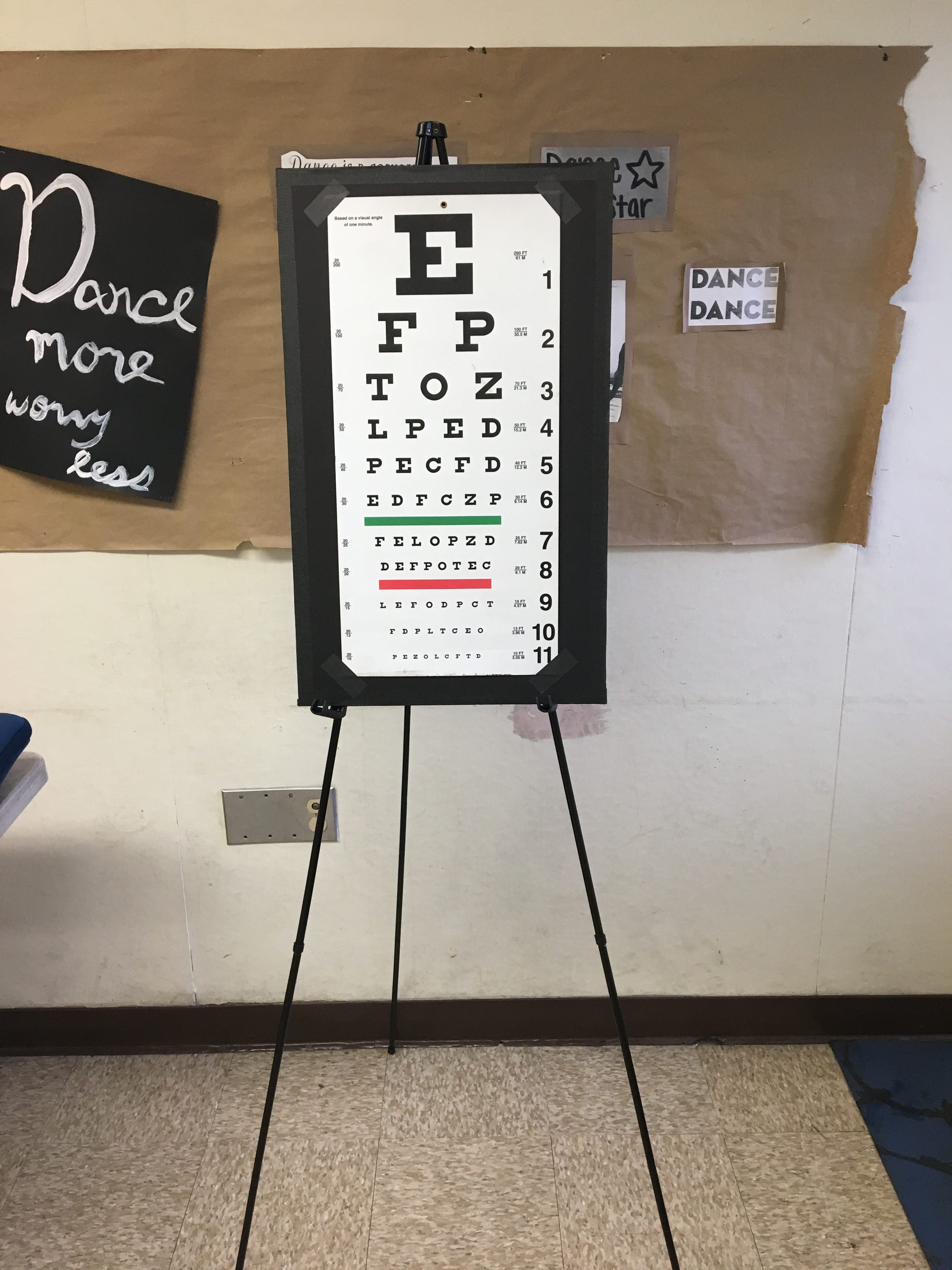
Finding the Magic Number: Tweaking COVID Capacity
As we all know, COVID-19 has created many new necessary safety precautions designed to reduce the risk of exposure. Vision care is no exception, and our services have been adapted to serve fewer individuals at a time, with adequate time for proper sanitizing in between sessions.
During the height of the pandemic, these additional precautions meant that teams could serve roughly 25 individuals per day, or about one person every fifteen minutes. As restrictions loosen and vaccines roll out, Jorge and his team are slowly adding more individuals as long as it is safe to do so. He believes that 40-50 students per day will become the new norm.
Divide and Conquer: Follow-up exams move to next-day appointments
Prior to the pandemic, our programs would usually conduct vision screenings and refractions – a more in-depth exam to determine an eyeglass prescription – on the same day. However, to streamline the process and help decrease potential COVID-19 exposures, Jorge and his team in California separated the screenings and the exams, holding only one step of our process per day.
This simple adaptation to procedures helps us safely serve the most people possible. The smaller number of students that do need a refraction will receive the longer exam the next day – with a reduced number of students in the space.
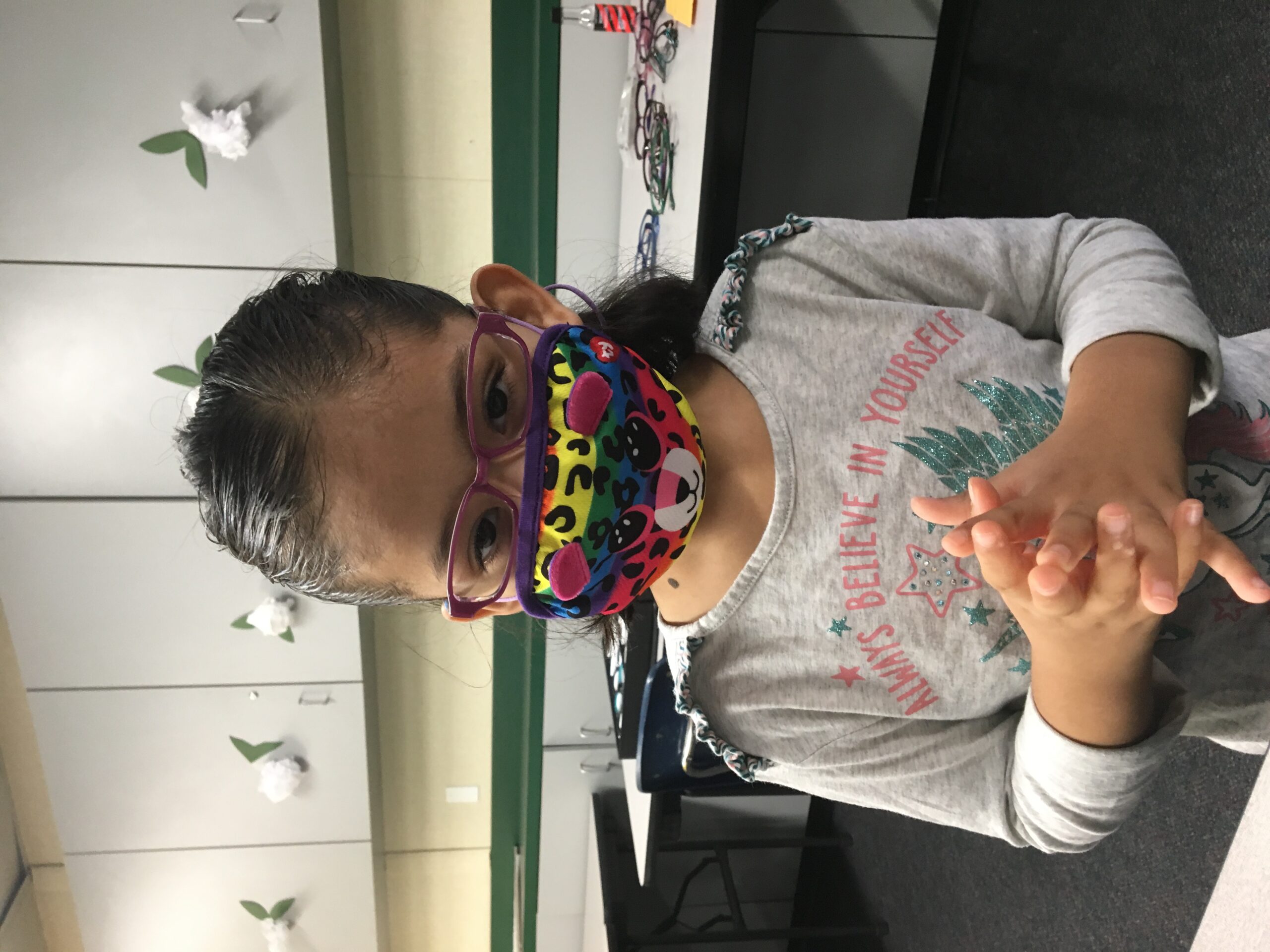
The Bottom Line: Crucial Services, Safely
Back to school season is always filled with anticipation and jitters as students see their friends, start new classes, and find a new routine. This year is even more uncertain, as the pandemic has reshaped our world, putting a strain on so many families and widening the equity gap. Helen Keller has been hard at work to adapt to these changes as we continue our work to ensure that vision issues are detected and corrected.
